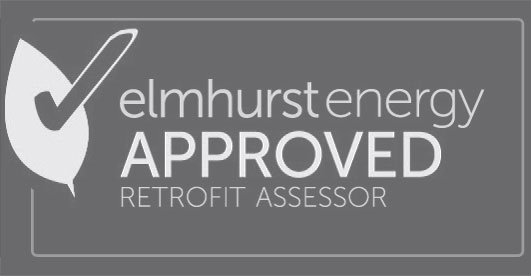SAP – a blast from the past
I had a request recently to undertake a new build SAP assessment from a design calc I had undertaken, nothing unusual there. But then I discovered that the design assessment I had done was from way back in 2012, yep, 11 years ago. At that time still under the 2010 Part L.
My first thought was could I actually find the assessment? It was one of my earliest SAP assessments that I had kept records for in my current system. Prior to this most were paper based calcs from actual paper drawings. Yes, I could locate the files, the only issue was that most of them were not in format I could access any longer, however, fortunately I did have the full set of pdf drawings and a specification. After checking with my accreditation scheme, I needed to first get the software version to undertake the assessment under the correct Regs, get that all downloaded and registered, and then undertake the assessment again.
Of course, the main issue with an old calc like this is being able to get enough verified information that accurately reflects the as built dwelling. Fortunately, the client had kept all their records so after re calculating the building areas, u values etc it was a matter of inputting this into the old software and then updating that calc with the confirmations regarding heating, hot water MVHR etc.
It was straightforward in sorting it all out but what struck me most about the calc was how far we have come from the 2010 Regs until now. There have been two major changes in Part L since then. In 2012, then a further update of those Regs in 2016 but this was more to do with the EPC and methodology in SAP, and then the latest in 2022. The calculation has certainly got more accurate, back in 2010 we didn’t need to measure thermal mass, thermal bridging could just use a default y value and still pass! U value maximum was all much higher, it was even possible to gain pass without an air test and a gas boiler as the heating was the norm, heat pumps being but a good idea, for another time perhaps. The only overall criteria for a pass were the CO2 emissions, no Fabric Energy Efficiency or Primary Energy Efficiency targets so in effect there could be a fairly poorly designed building in terms of fabric performance and to get it to pass all that would be required would be to add some solar PV. This would do noting to reduce carbon emissions in real terms. Fortunately, we have come a long way since then. SAP isn’t perfect, but for now its all we have got to show compliance against Part L, but whatever the method of demonstrating compliance with Part L, that doesn’t stop us from designing better buildings that are properly detailed and that will perform better than the minimum requirements.







